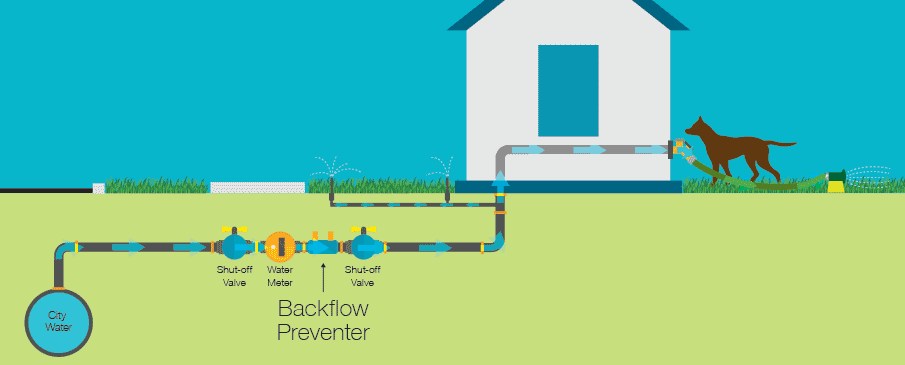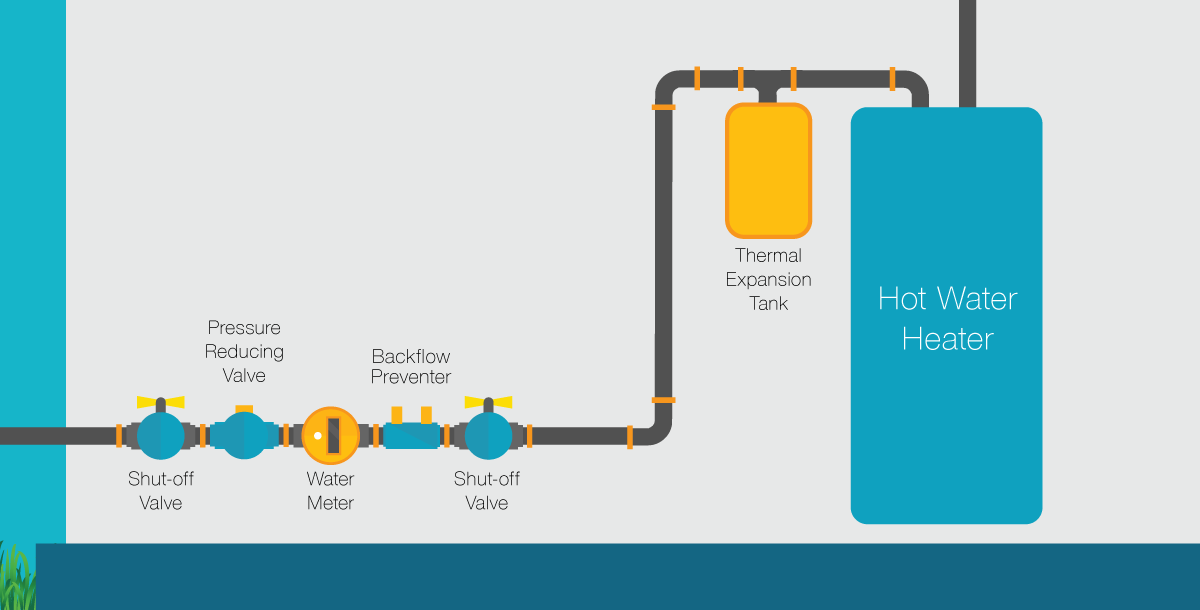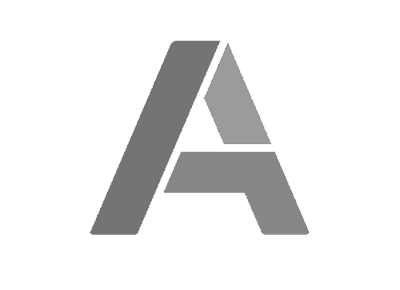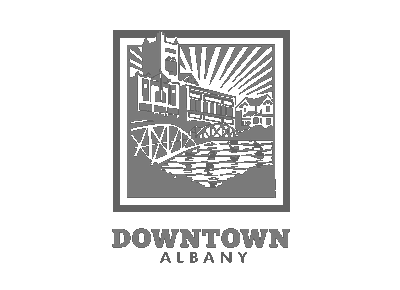Cross Connection
A cross connection is a permanent or temporary connection between potable drinking water and anything which can pollute or contaminate the water supply. For example, without backflow protection, attaching a fertilizer sprayer to a garden hose or even placing your hose in a soap bucket for car washing can create a cross connection and possible health hazards.
Cross connection control is a vital part of keeping drinking water safe throughout our water delivery system and within your home or business.
General Information
- Water Service Provider Map (pdf)
- Letter to all Customers (pdf)
- Brochure: Keeping Drinking Water Safe (pdf)
- Brochure: Thermal Expansion (pdf)
Testing and Installation
- State Certified Testers: Linn County / Benton County
- Approved Backflow Assemblies
Laws and Reglulations
- Albany Municipal Code - 11.01.220 and 11.01.225
- Oregon Administrative Rules - Cross Connection and Backflow Prevention
- State of Oregon Cross Connection Control Program
Links to Additional Information
What is backflow?

Backflow is the undesirable reversal of flow of non-potable water or other substances through a cross connection and into the piping of a public water system or consumer's potable water system. This reversal of flow or "backflow" can allow contaminated water to flow backward, drawing a contaminant into the water supply.
What can cause backflow?
Backflow can be caused when an unforeseen change in water pressure allows the water to flow backwards within the water supply piping system from a contaminated source to a drinking water supply. A drop in pressure could be caused by a variety of things, including a water main break or the need to fight a fire.
What does City of Albany do to prevent backflow of contaminates?
City of Albany's Municipal Code requires installation of specific backflow prevention assemblies to be installed and tested annually according to currently adopted uniform plumbing code and Oregon Health Authority rules.
Who can test backflow prevention devices?
Backflow assemblies must be tested at the time of installation, annually after installation, after repairs and after relocating. Testing in Oregon must be done by Oregon Health Authority-certified backflow testers.
What is potable water?
Water which is safe for human consumption, free from harmful or objectionable materials, as described by the Oregon Health Authority.
What is non-potable fluid?
Any water, other liquid, gas, or other substance that is not safe for human consumption, or is not a part of the public potable water supply as described by the Oregon Health Authority.
There are two types of backflow - backpressure and backsiphonage.
What is backsiphonage?
Backsiphonage is caused by negative pressure in the supply piping. Some common causes of backsiphonage are:
- High velocities in pipe lines.
- Line repair or break that is lower than a service point.
- Lowered main pressure due to high water withdrawal rate, such as fire fighting or water main flushing.
- Reduced supply pressure on the suction side of the booster pump.
All potable water systems must be protected against backsiphonage and backflow with approved assemblies. There are numerous types of assemblies available to provide this type of protection. The state law governs the selection and minimum installation standards of assemblies. It is necessary to choose the proper backflow assembly for the use intended.
What is backpressure?
Backpressure is the reverse from normal flow direction within a piping system that is the result of the "downstream pressure" being higher than the supply pressure.
The effects of thermal expansion within “closed” water systems
The City of Albany encourages the use of backflow prevention assemblies to protect the public’s water distribution system.
A backflow prevention assembly is installed on a building’s water service connection to create a “closed” water system. A closed system is created because the assembly prevents the reverse flow of water from a building back into the public water main. This effectively prevents the flow of pollutants or contaminants into the public water system.
When cold water within a “closed” system expands due to heating, it increases pressure within the system. This is known as thermal expansion. This increased pressure may cause leaks in pipes or faucets, “popping” of the water heater pressure relief valve, collapse of the water heater’s center flue, or other plumbing system problems.
To prevent increases in pressure due to thermal expansion, the Oregon Plumbing Specialty Code requires that a thermal expansion device be placed on the potable water system when a backflow prevention assembly is installed. Please contact a licensed plumber to determine the type and size of device needed.



